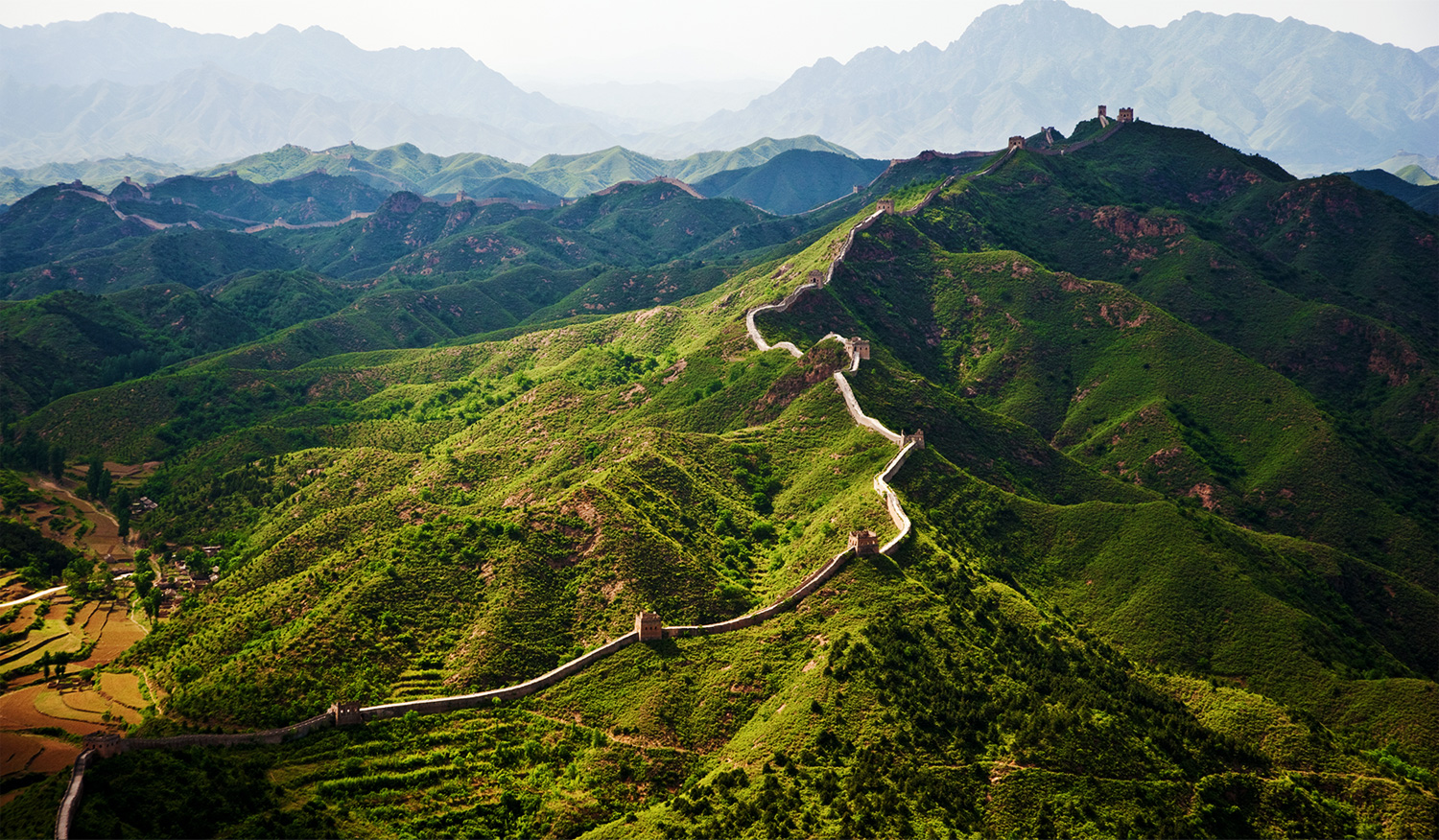

At our shop, we only use chestnuts from Qinglong Manchu Autonomous County in Qinghuangdao, Heibei.
We refer to this variety of chestnut as ‘Kahoku Ritsu’ or ‘Heibei Chestnuts’.
Kahoku Ritsu are packed with nutrition, with the nut itself offering a strong sweet character.
The thin layer of astringent skin between the hard shell
and inner nut is easy to remove making them the perfect choice for Amaguri (sweet chestnuts).
Out of an unending desire to procure the best ingredients,
our CEO travels all the way to China to carefully select the highest quality ‘Kahoku Ritsu’ chestnuts.

‘Kahoku Ritsu’ is a type of chestnut that can only be produced within China.
The secret to Kahoku Ritsu’s deliciousness lies in the unique climate and rich natural soil in which it is grown.
Chestnuts cultivated in this region are infused with nutrition during the warm daylight hours,
and when the temperature drops abruptly at night, the nutrients stored over the day protect the nuts from the cold.
This results in a firm nut that offers an ideal texture and exquisite sweetness, which gives Kahoku Ritsu their characteristically rich taste.

Qinglong Manchu Autonomous County is located in northeastern Heibei in a region surrounded by the Yan Mountains.
40km north-to-south with the Great Wall of China close at hand, the county is located approximately 200km west of the city of Qinghuangdao.
Lying at the same latitude as Hokkaido, this region of steep mountains is renowned for dramatic changes in temperature from day to night and summer to winter.
Of all the chestnuts produced throughout China, the ones found here offer the highest level of quality.

The lush natural mountains surrounding the land of the Kahoku Ritsu chestnut are filled with numerous mineral deposits of gold,
iron ore and more, providing proof of the soil’s rich mineral character.
This combined with the plentiful nutrients and water stored within the chestnuts accounts for their renowned nutritional value.
Chestnuts are divided into early, mid and late-season types depending on when they are harvested.
Among these, mid-season chestnuts are particularly well-suited for making Amaguri.